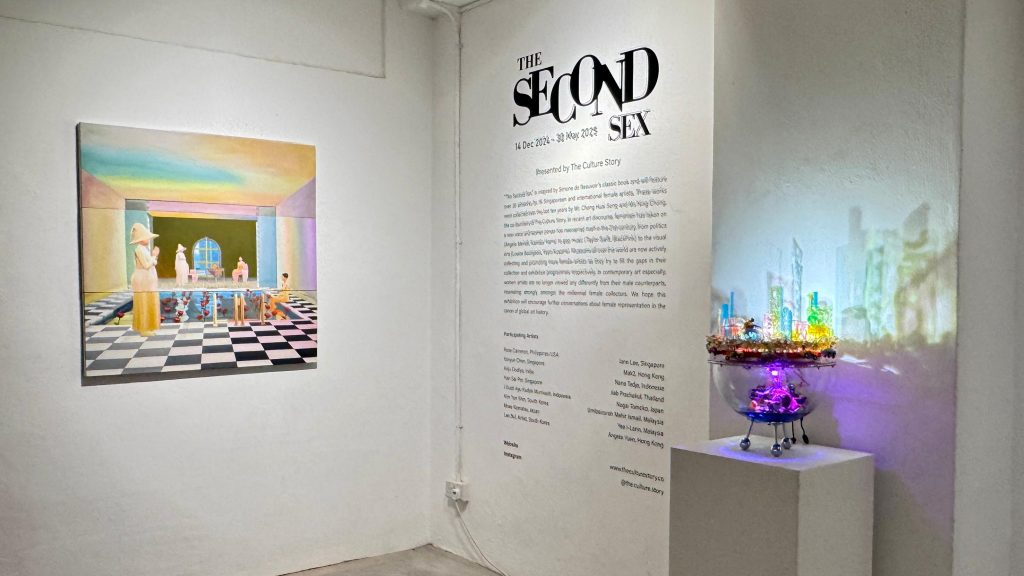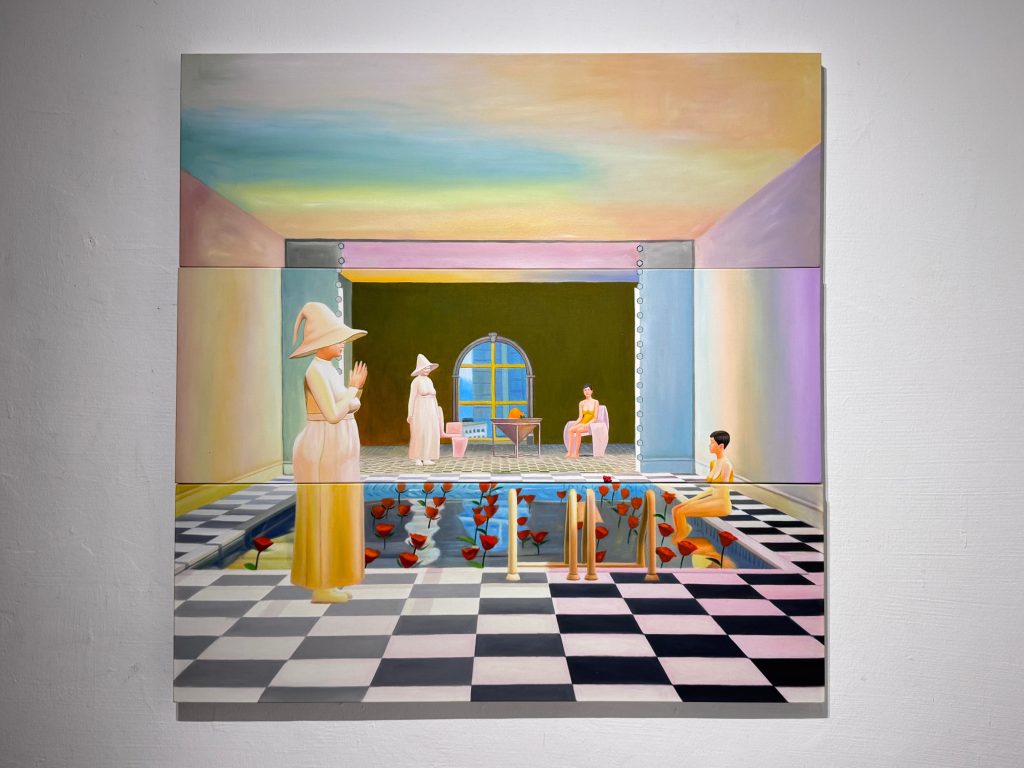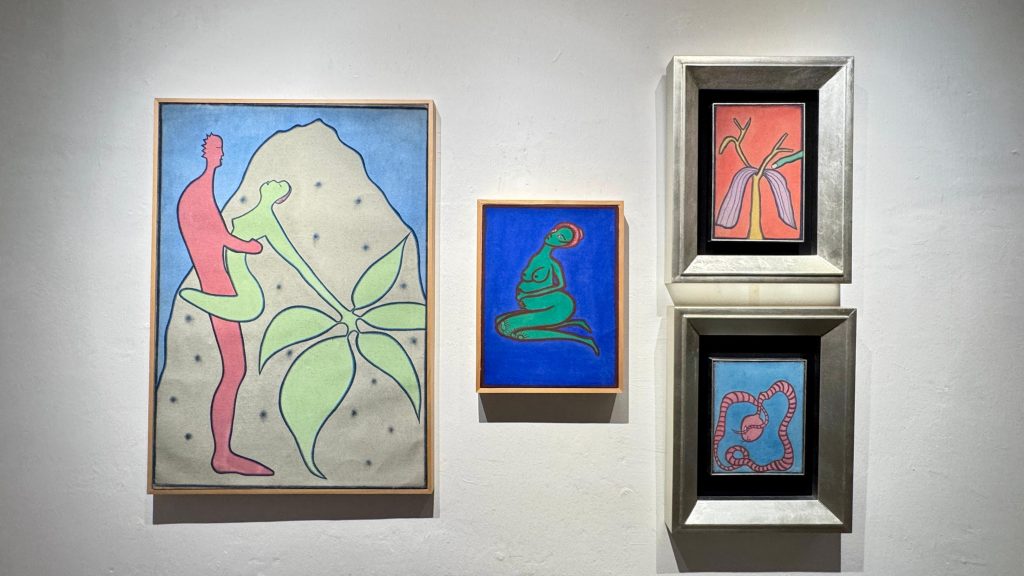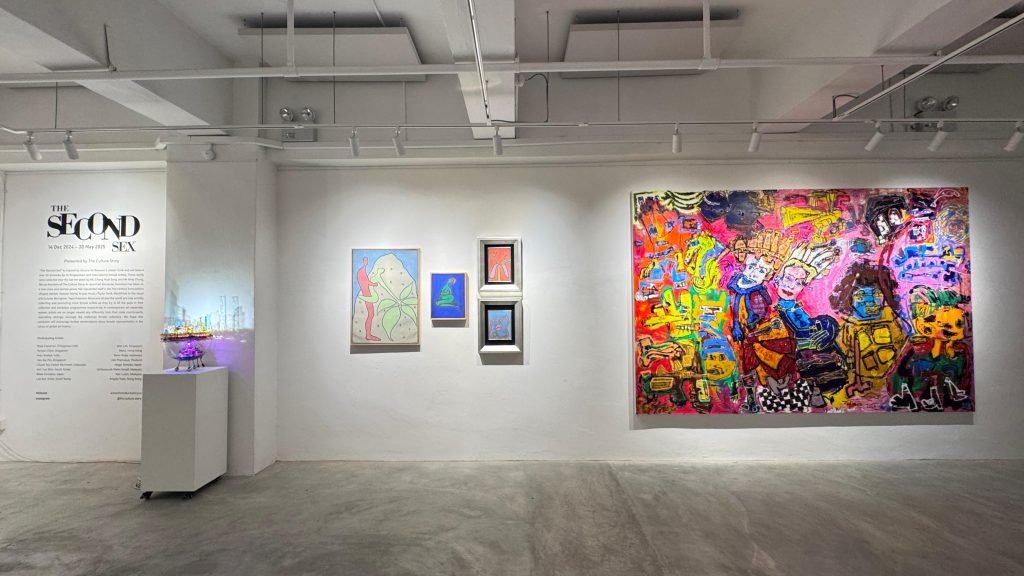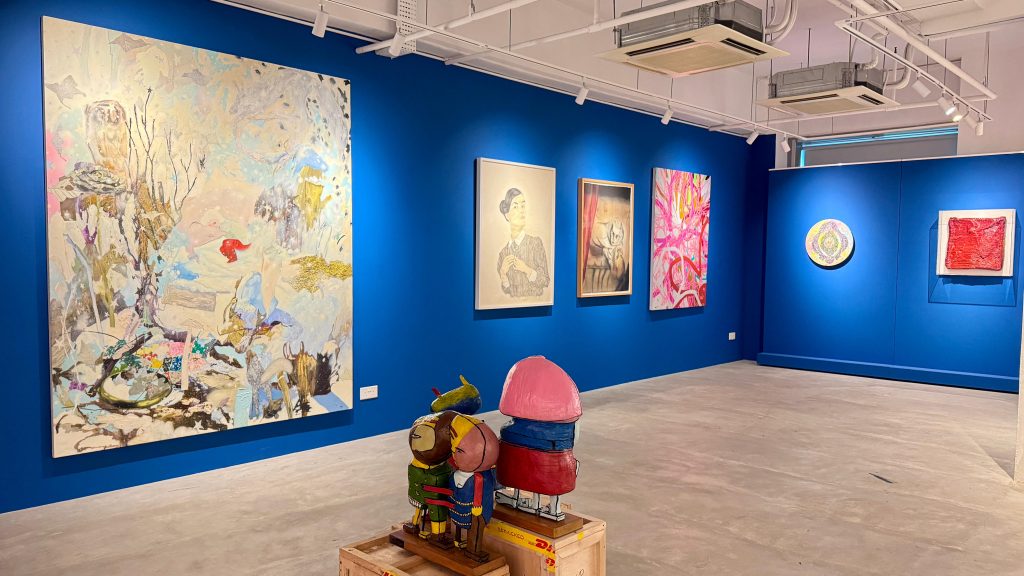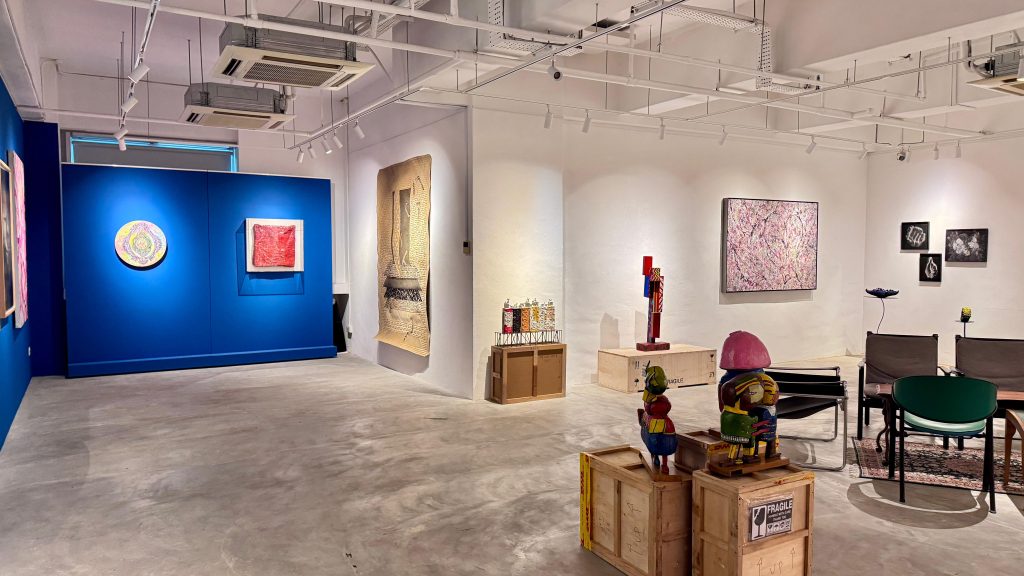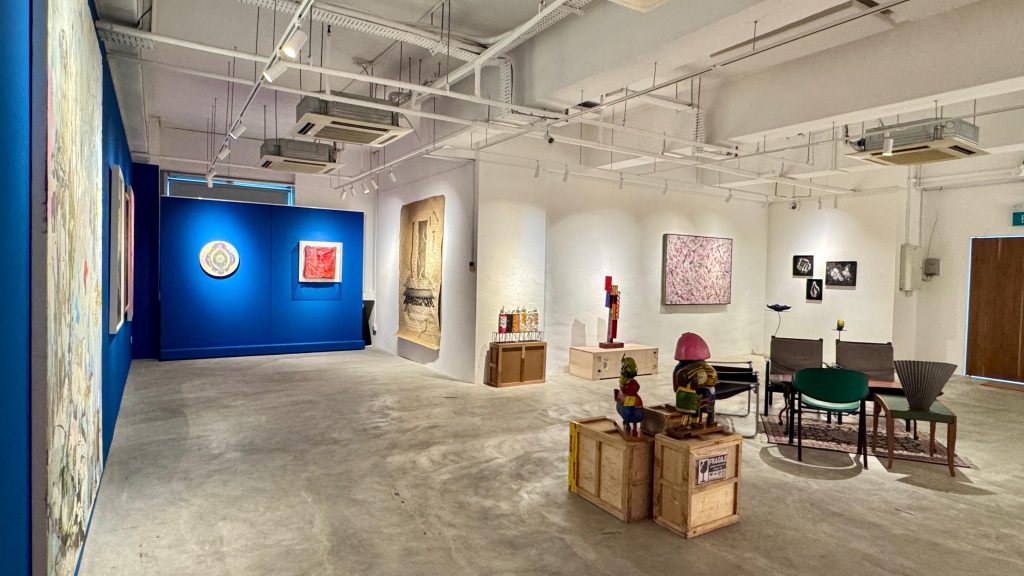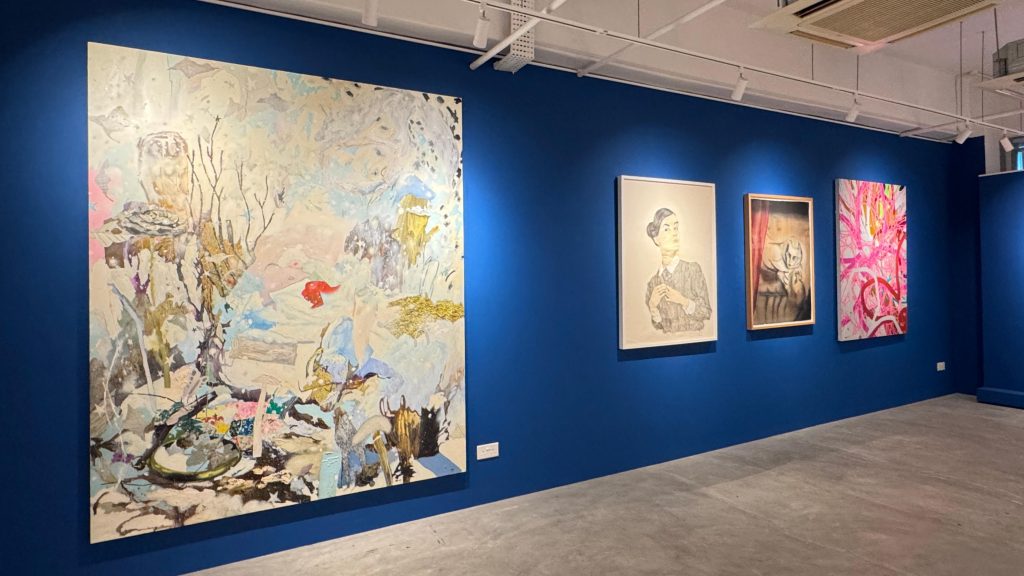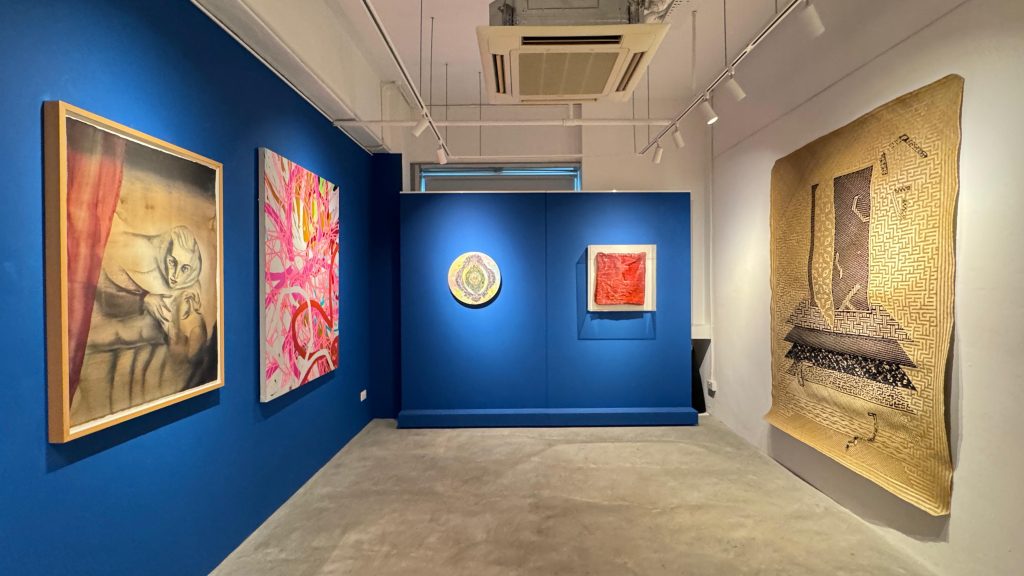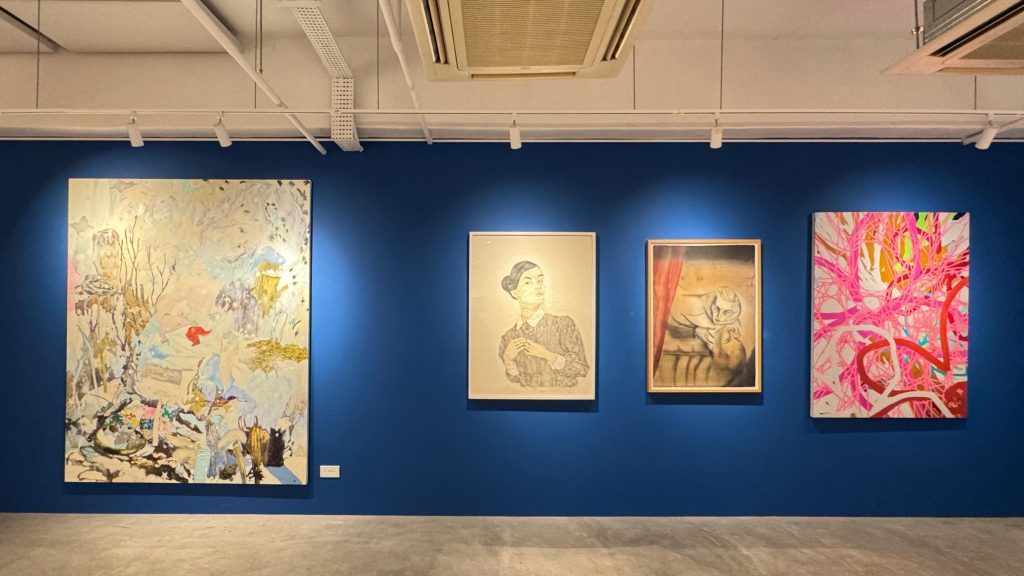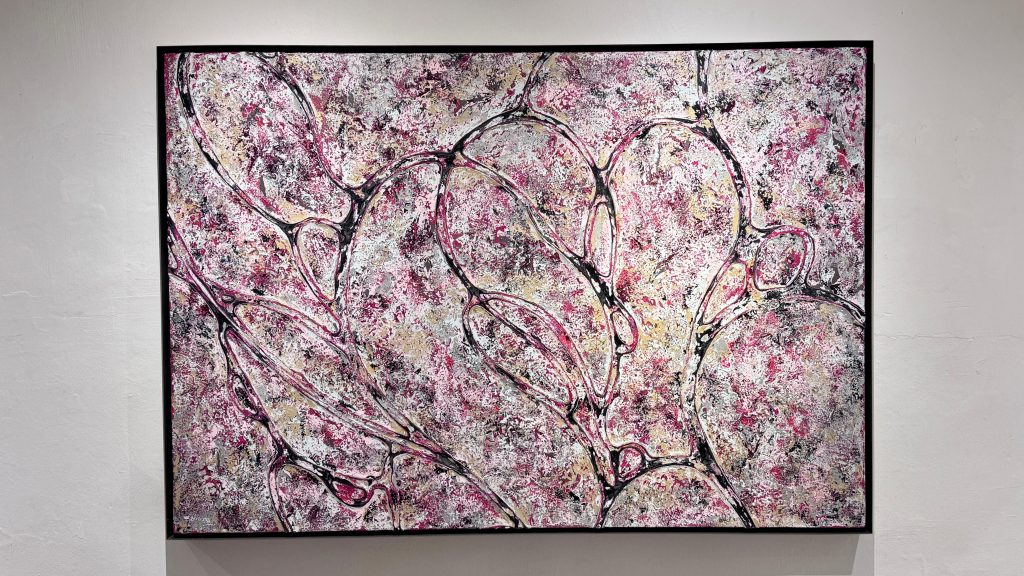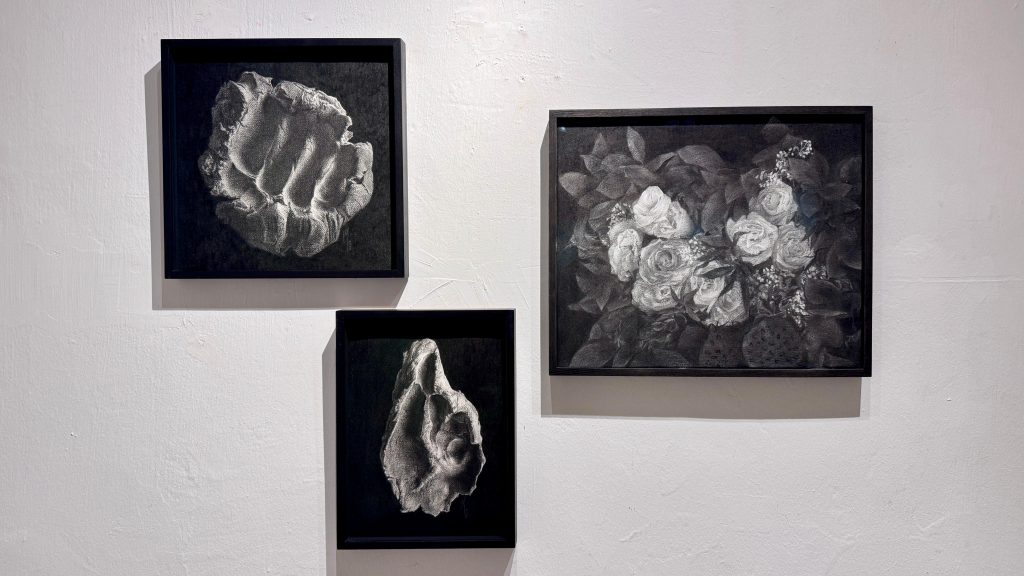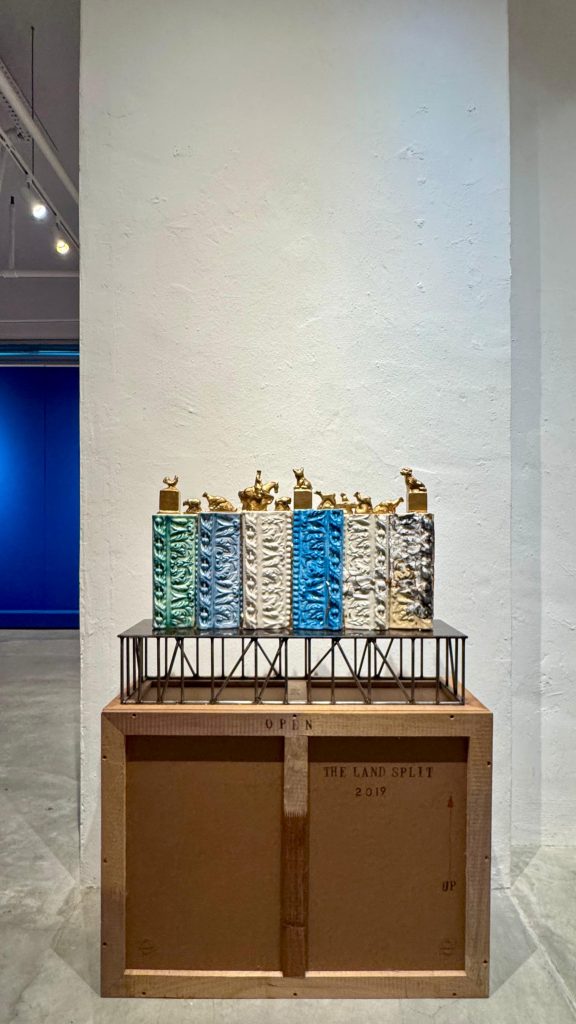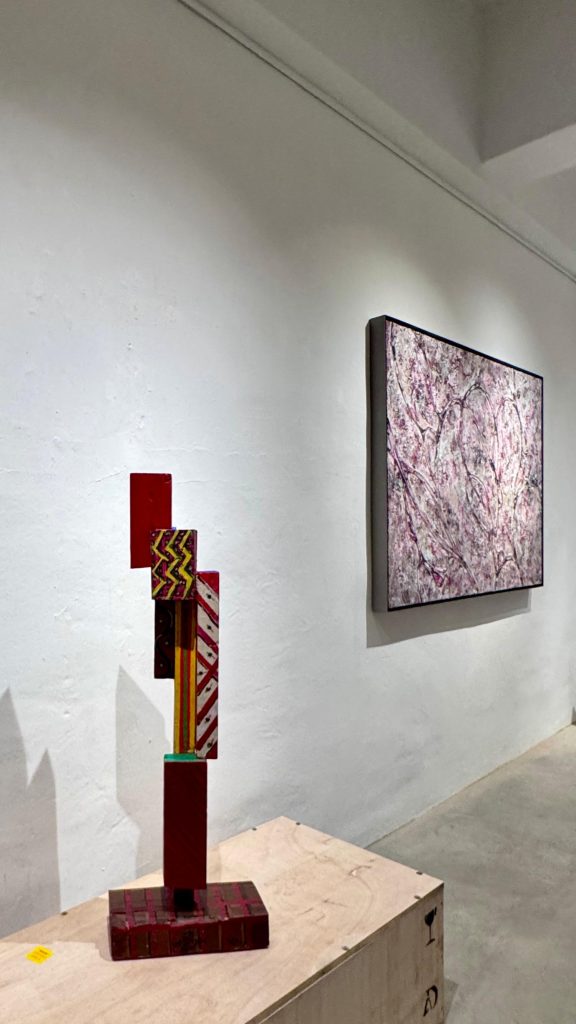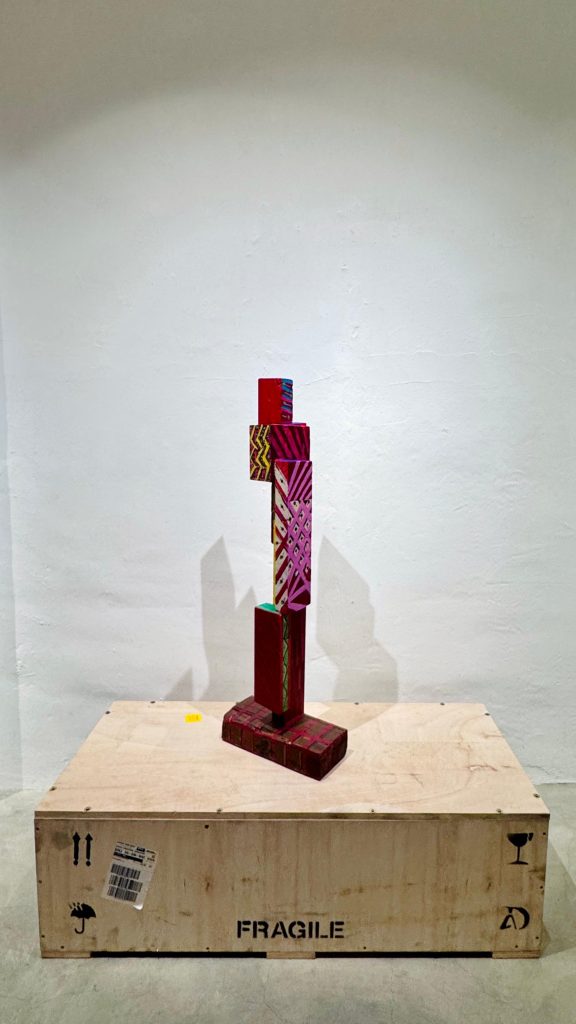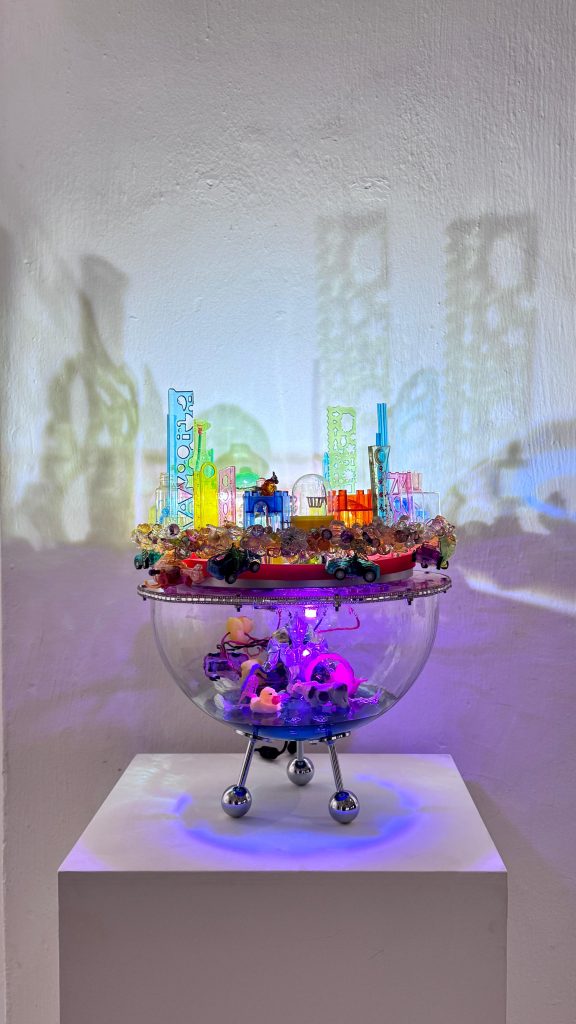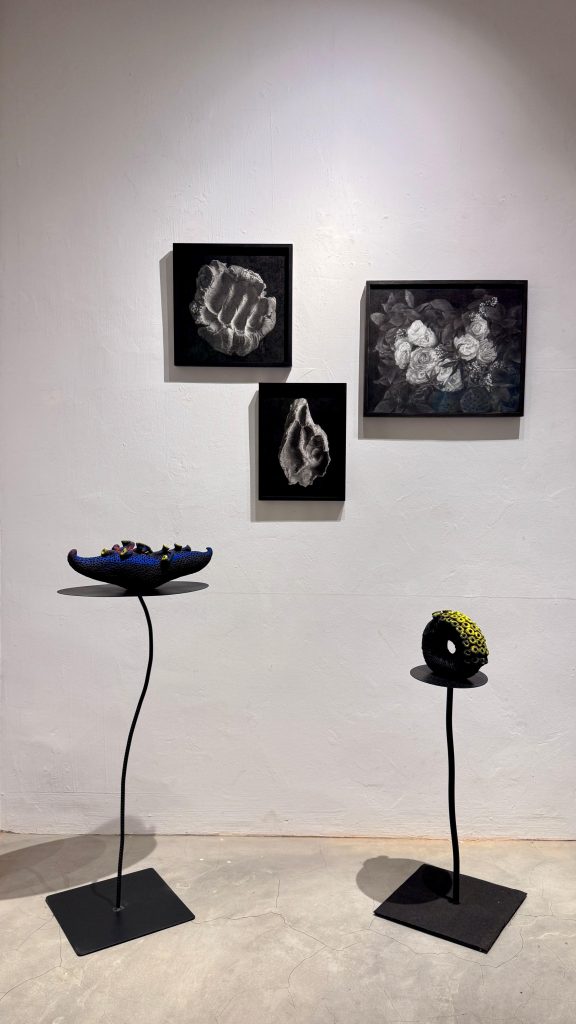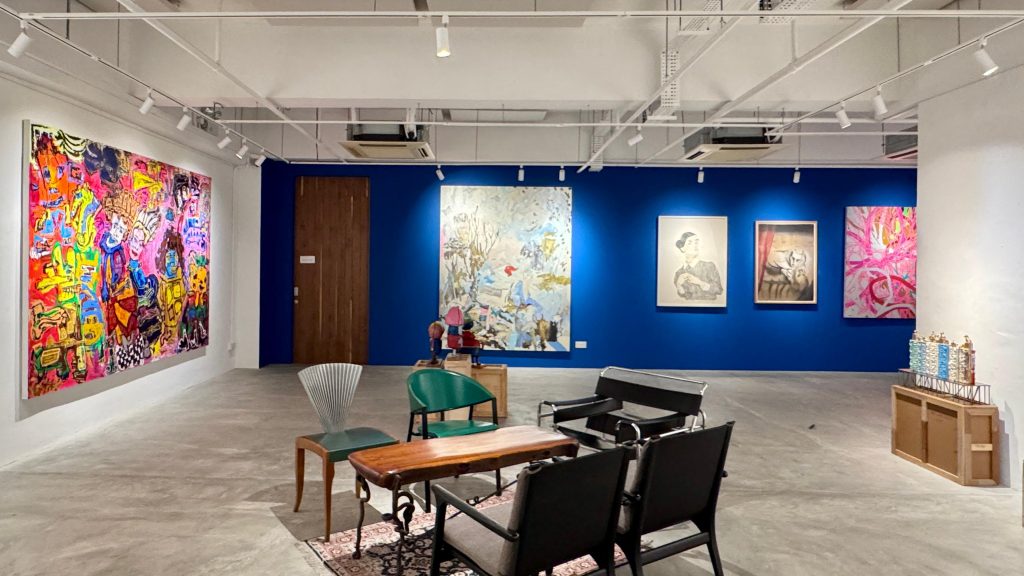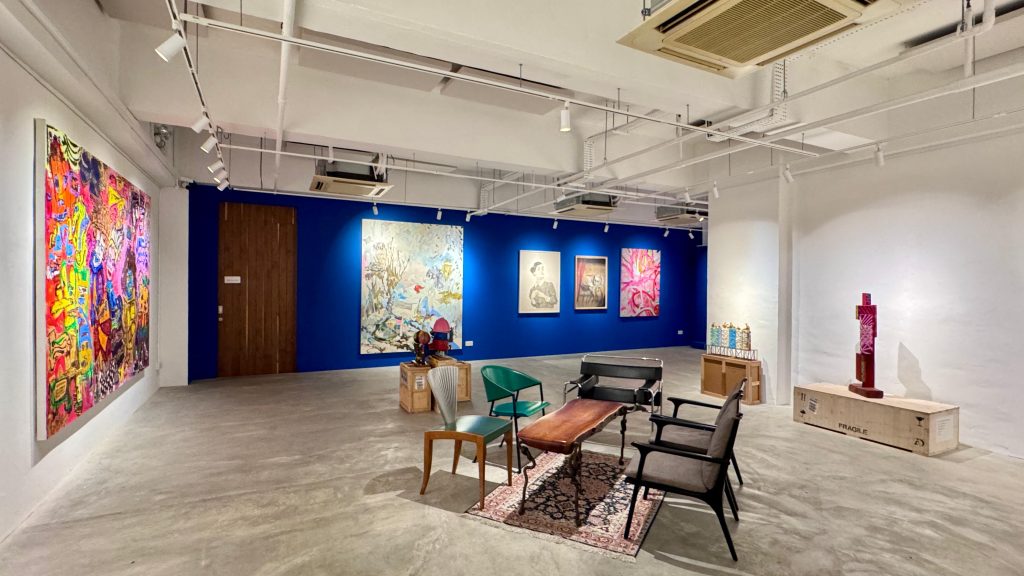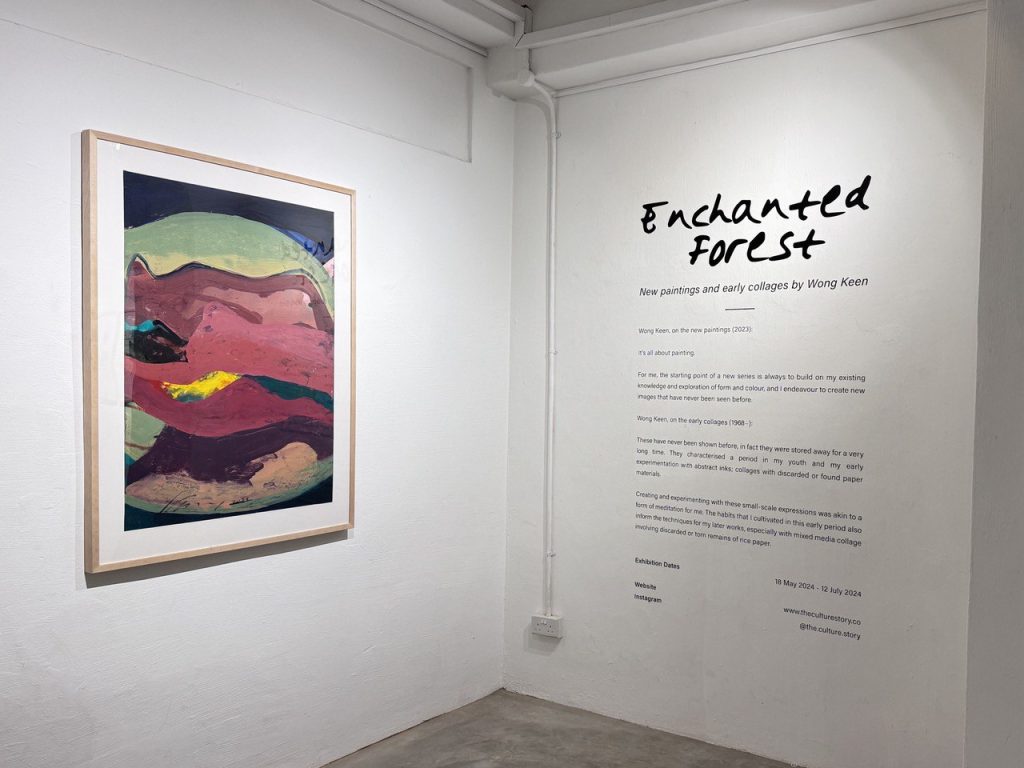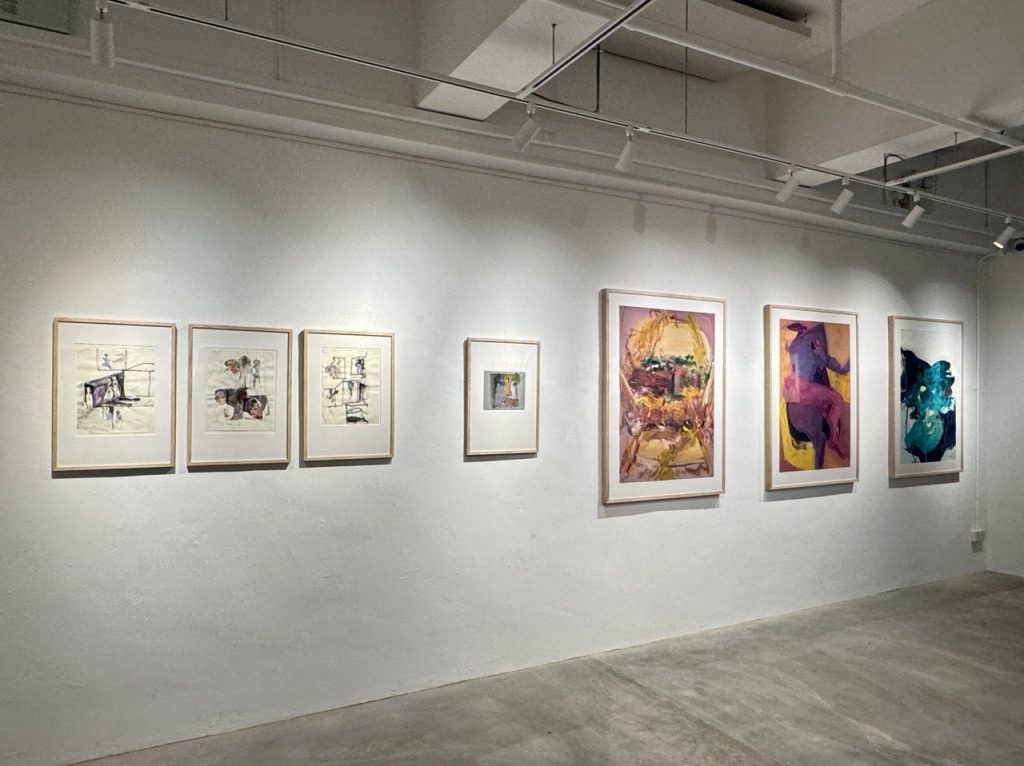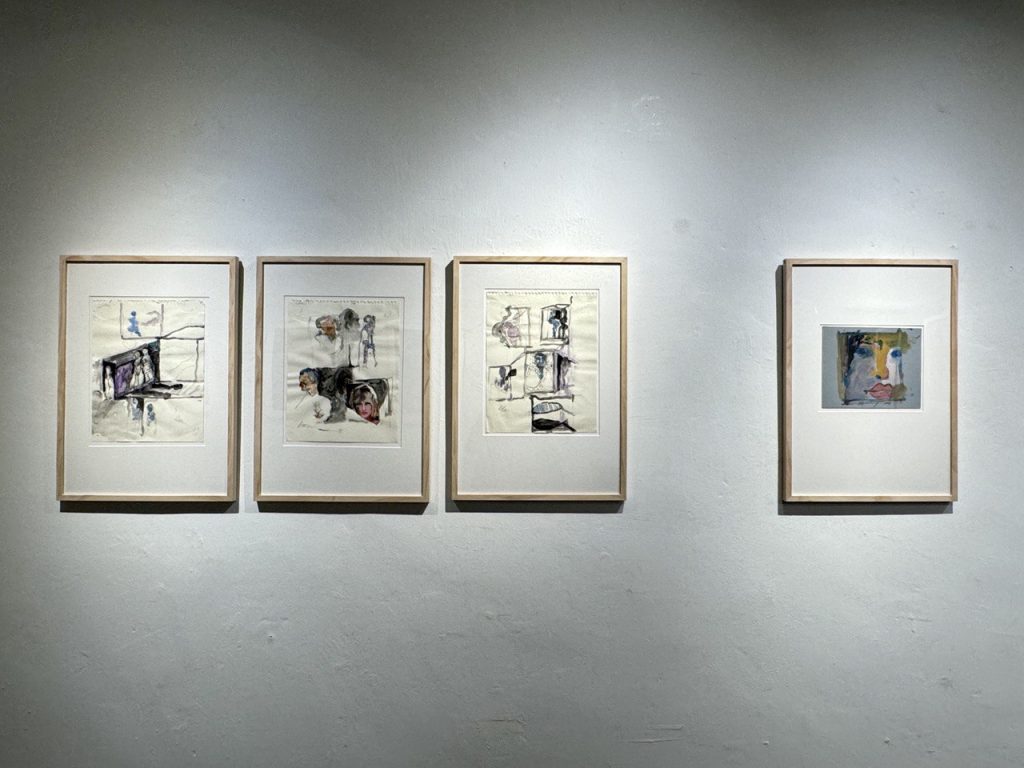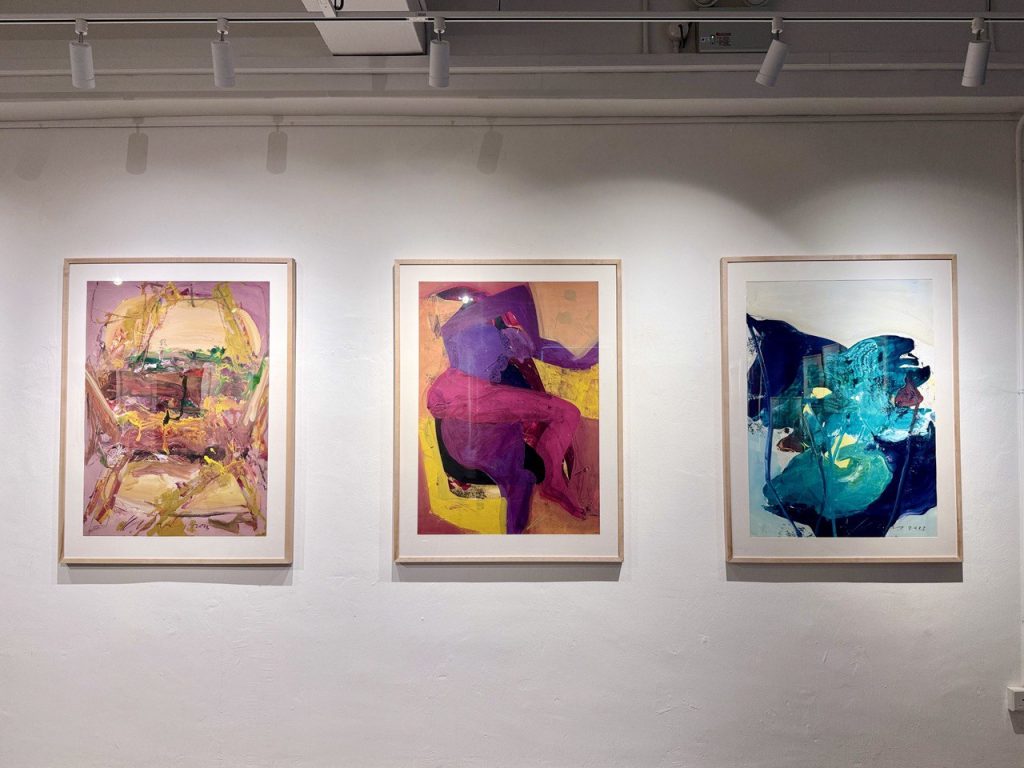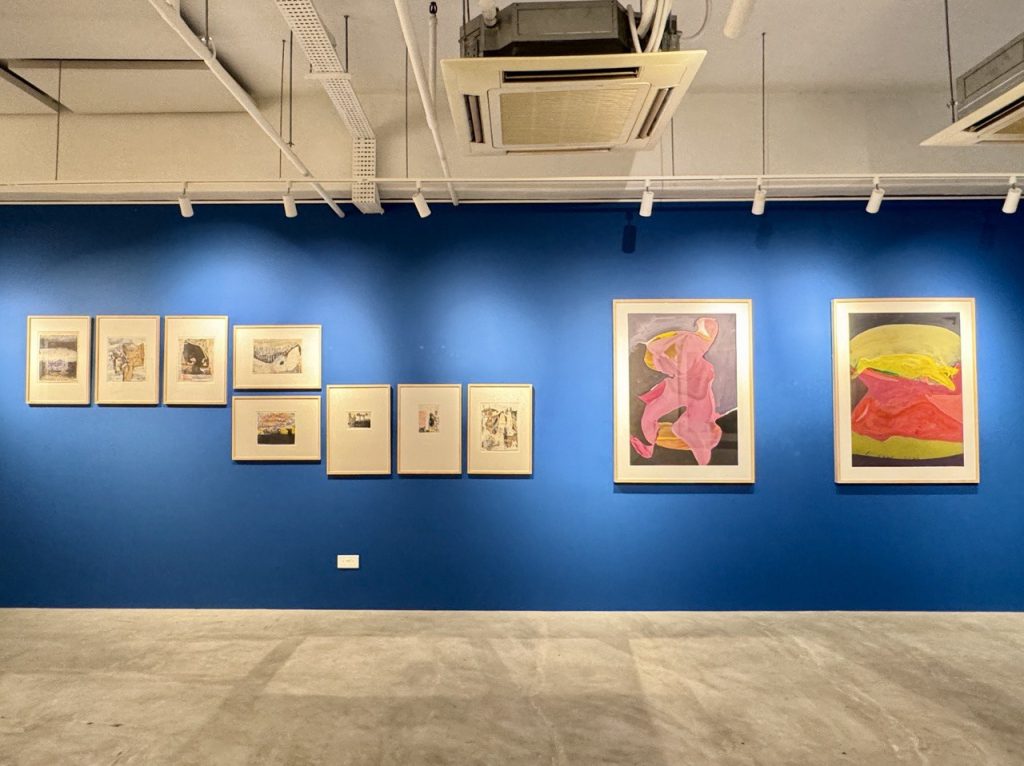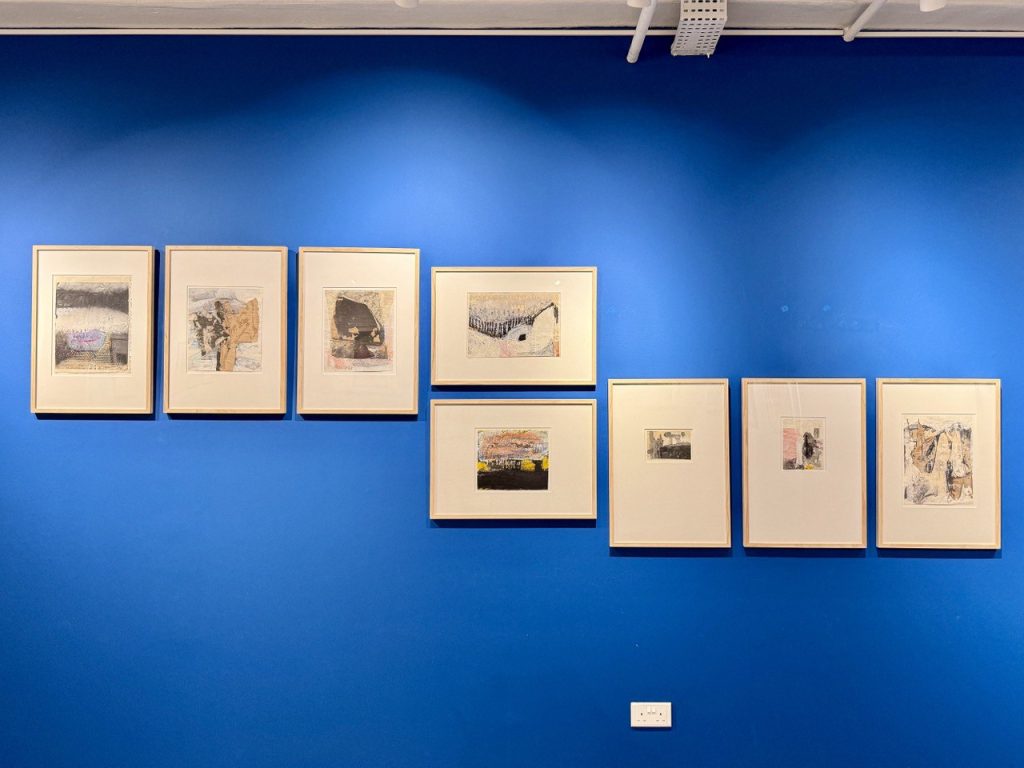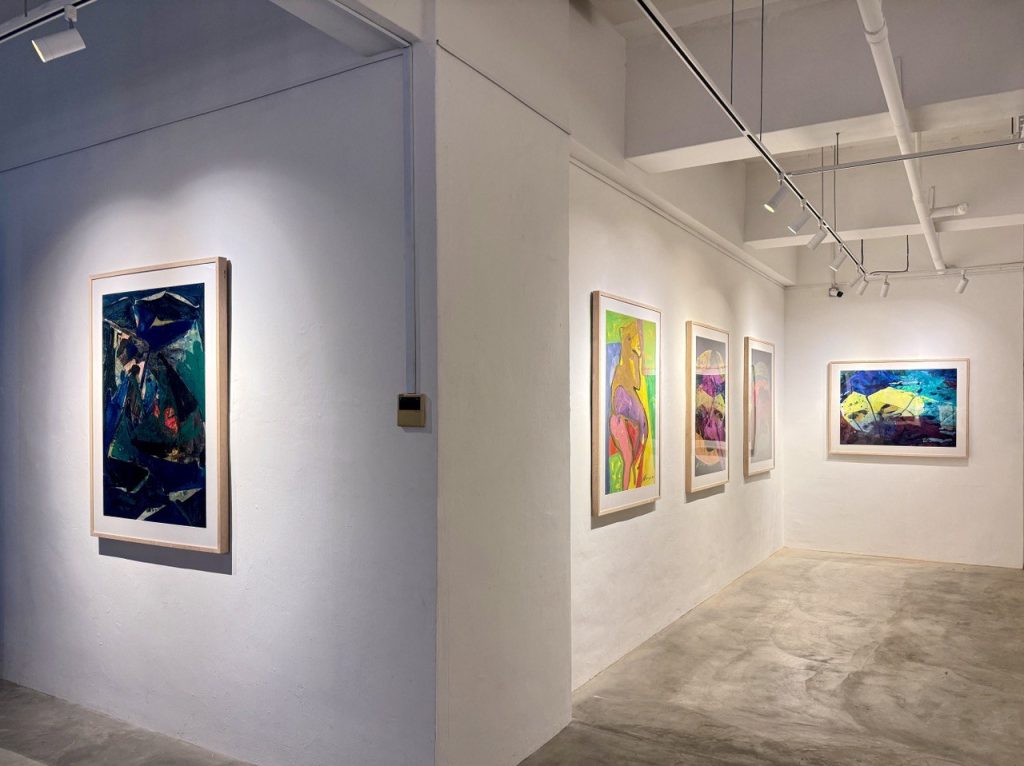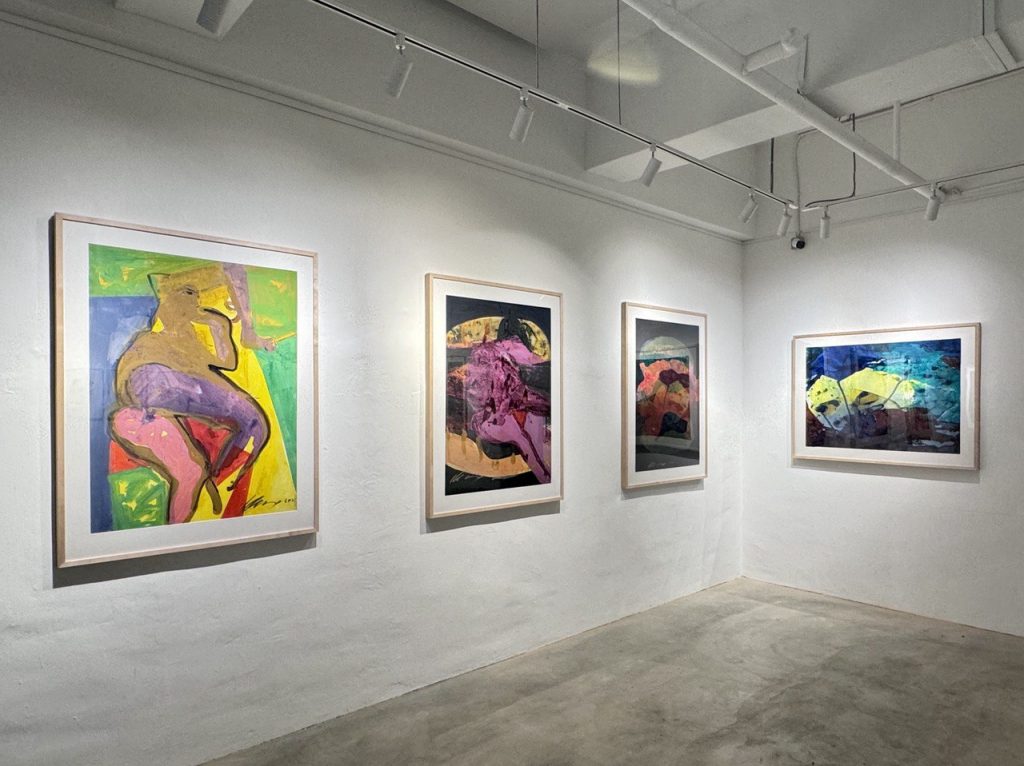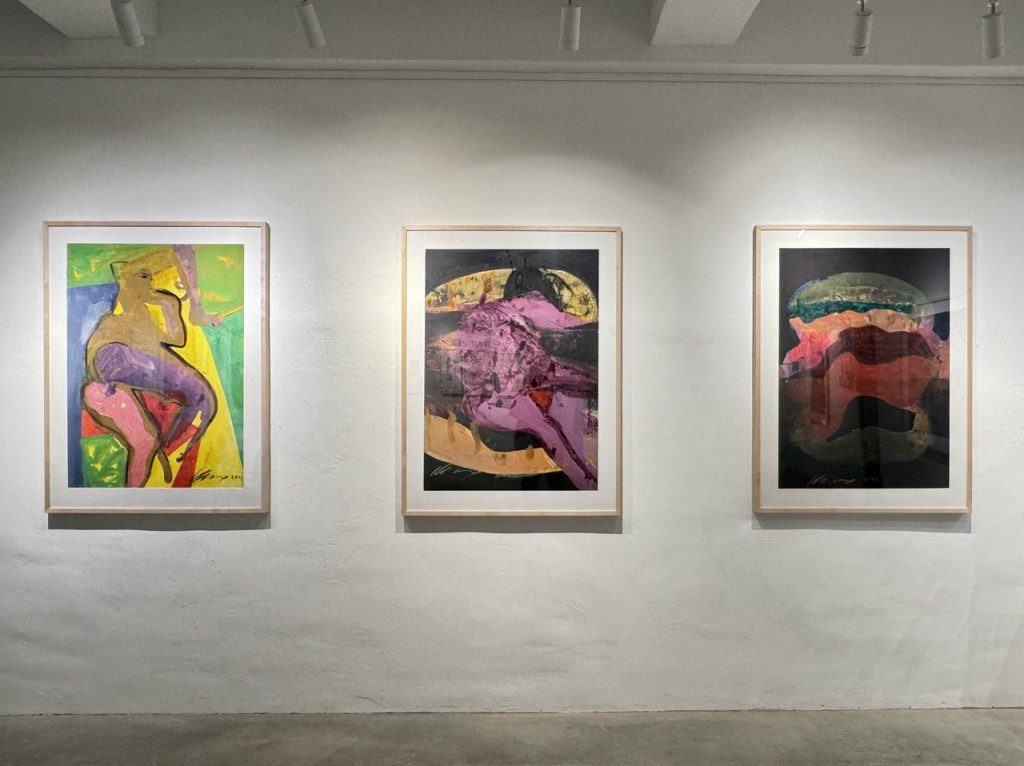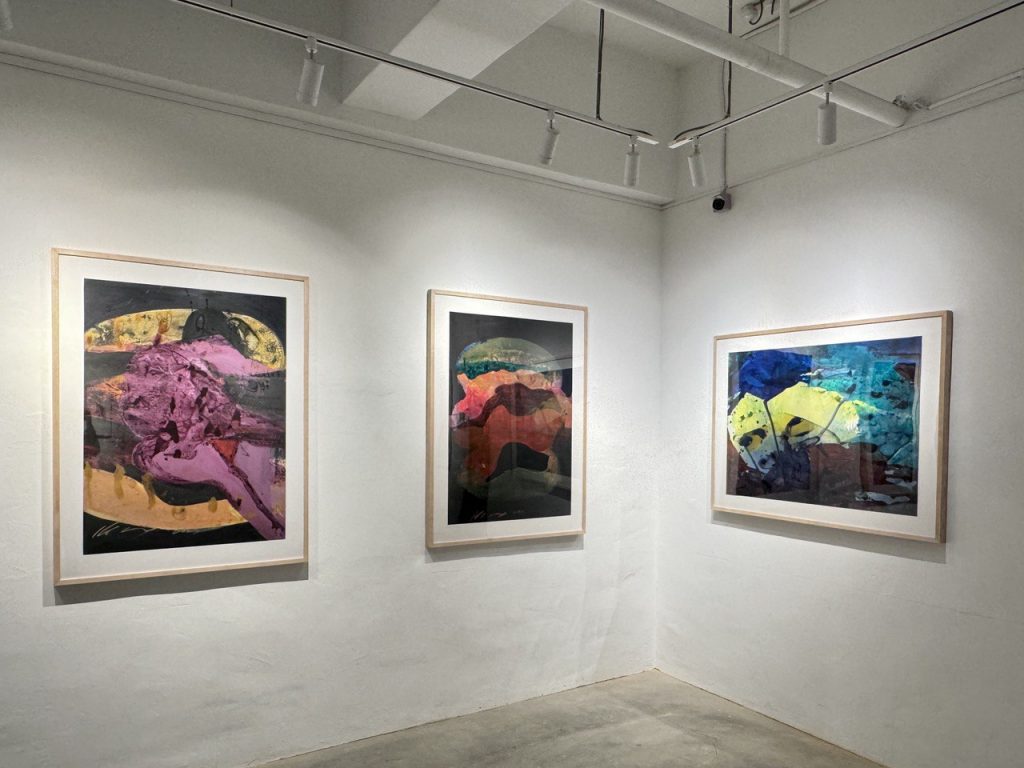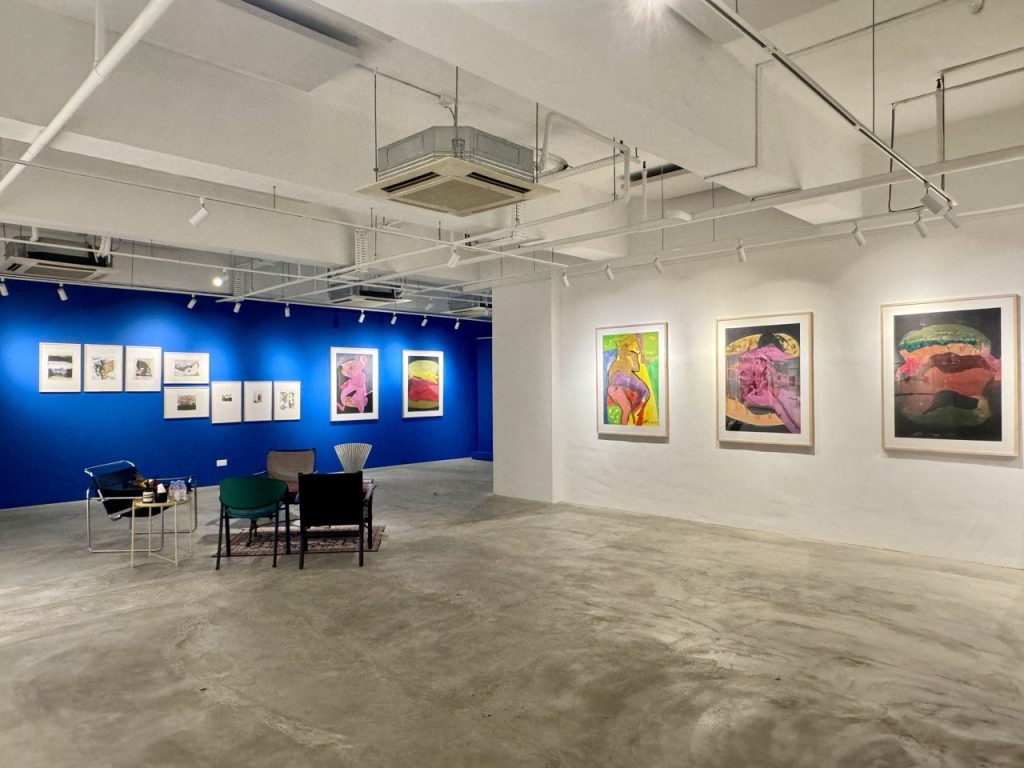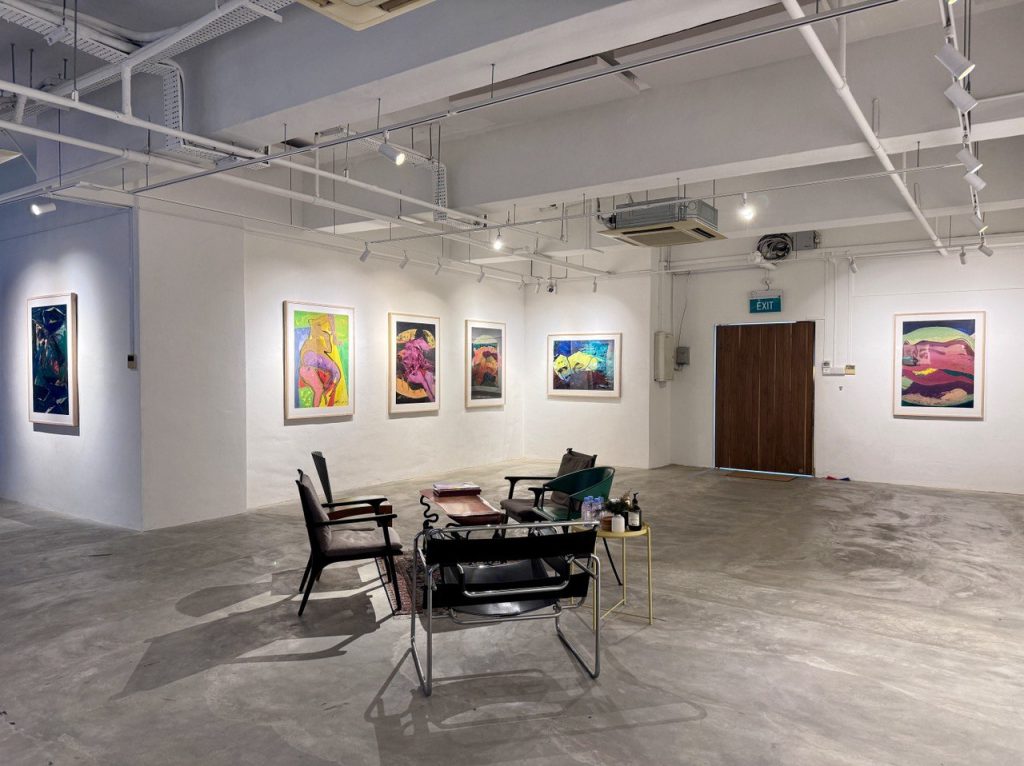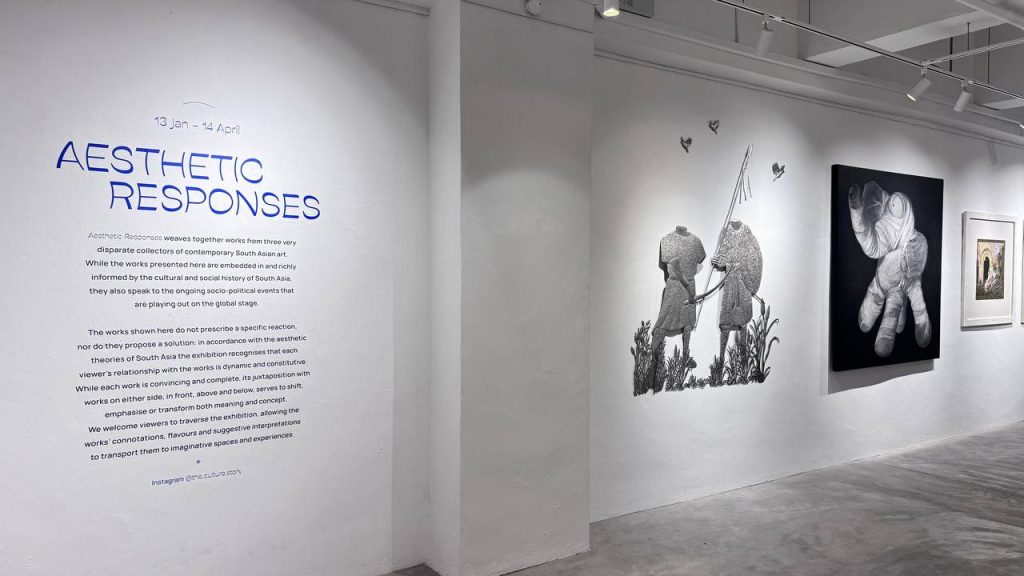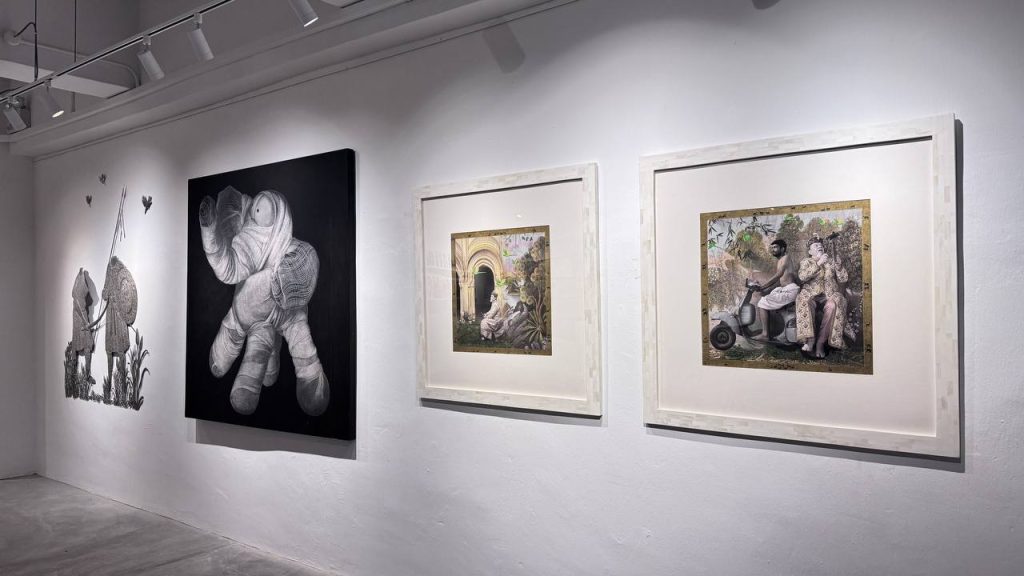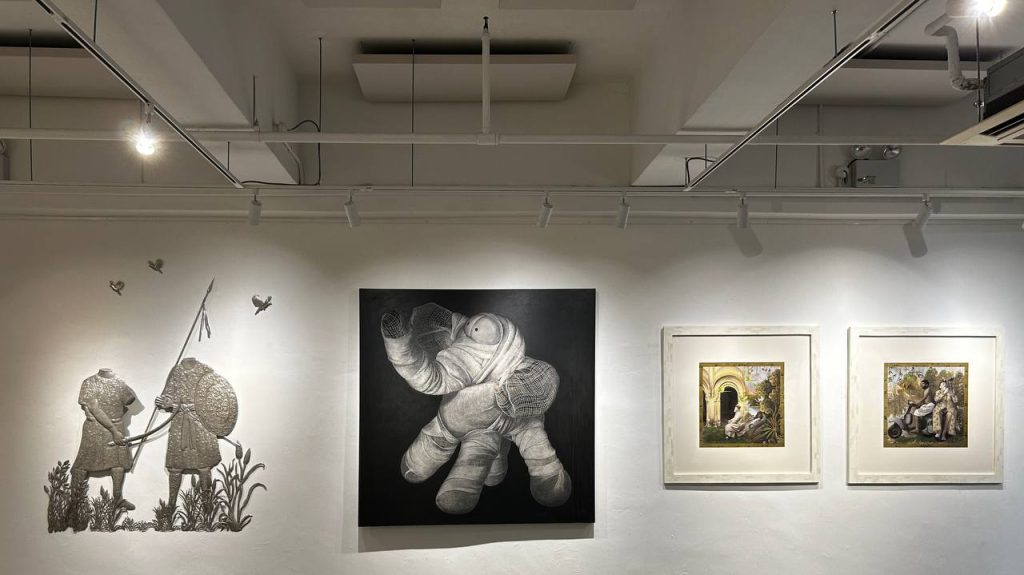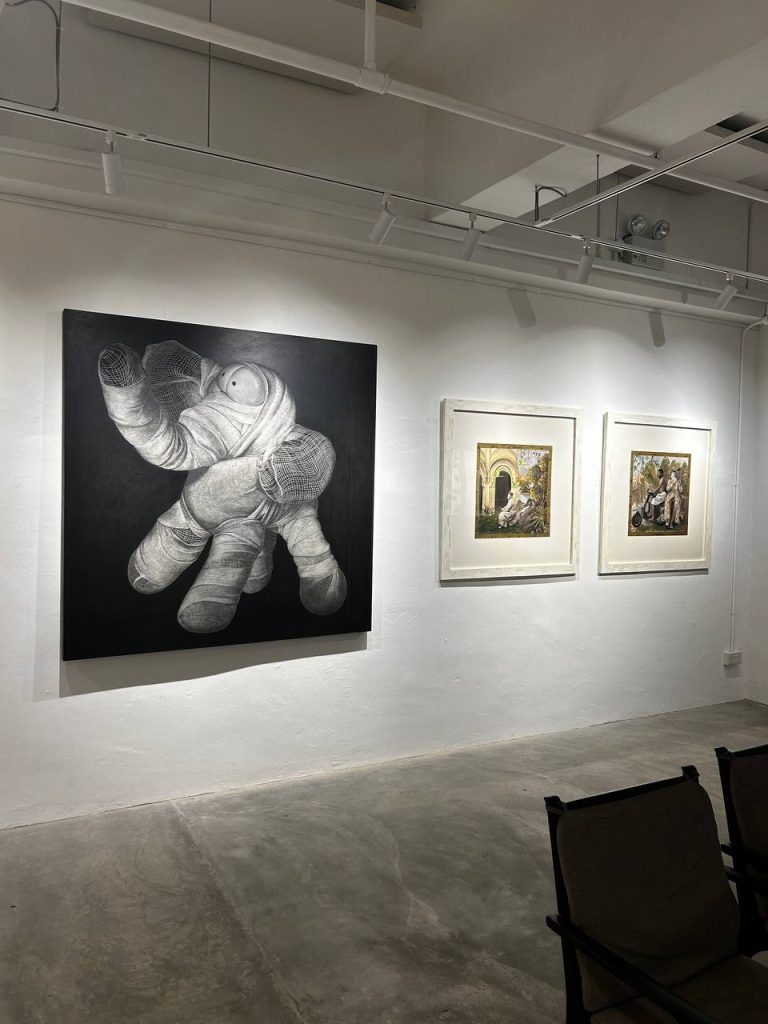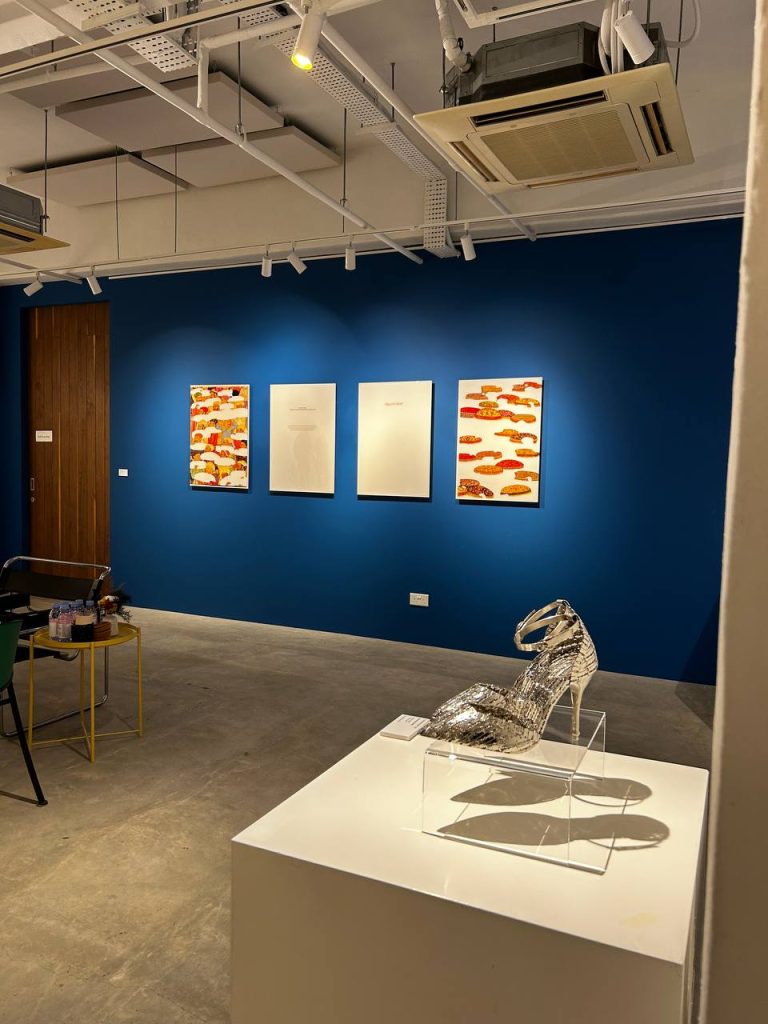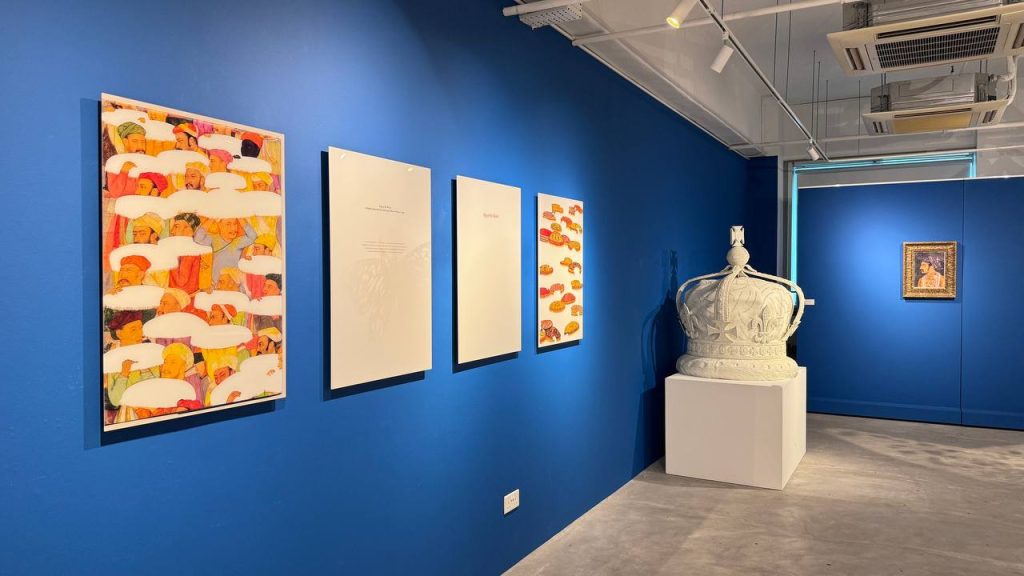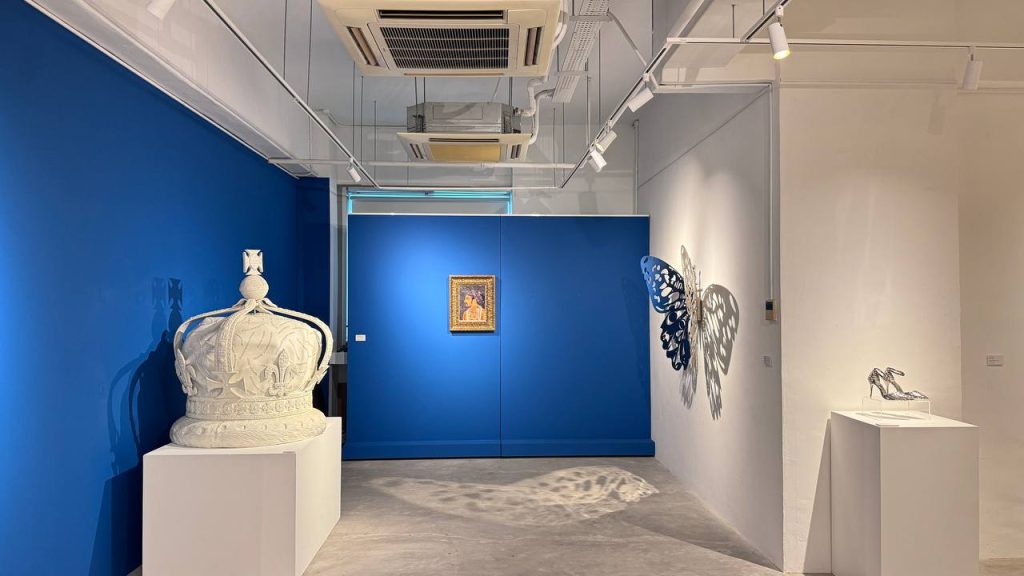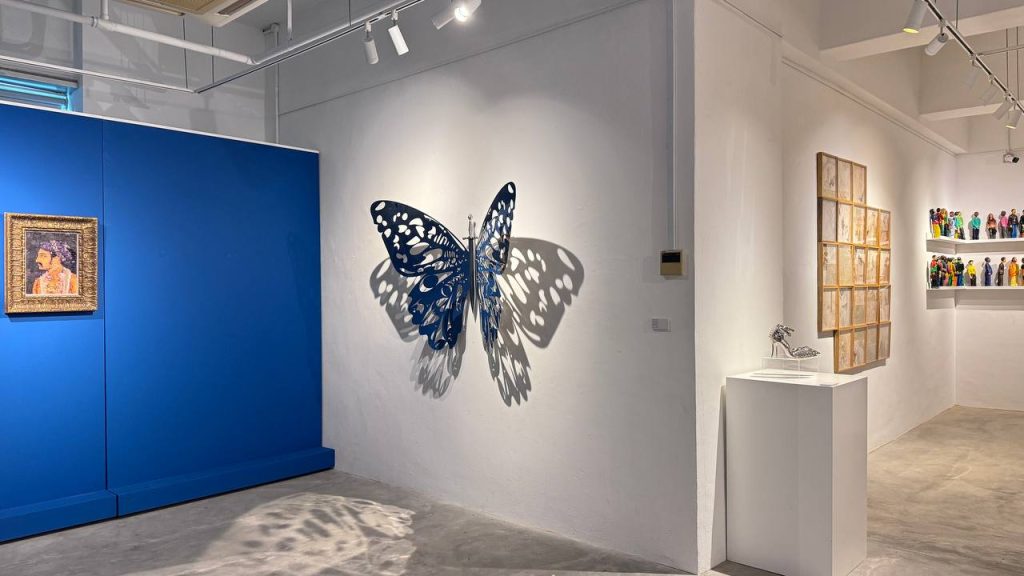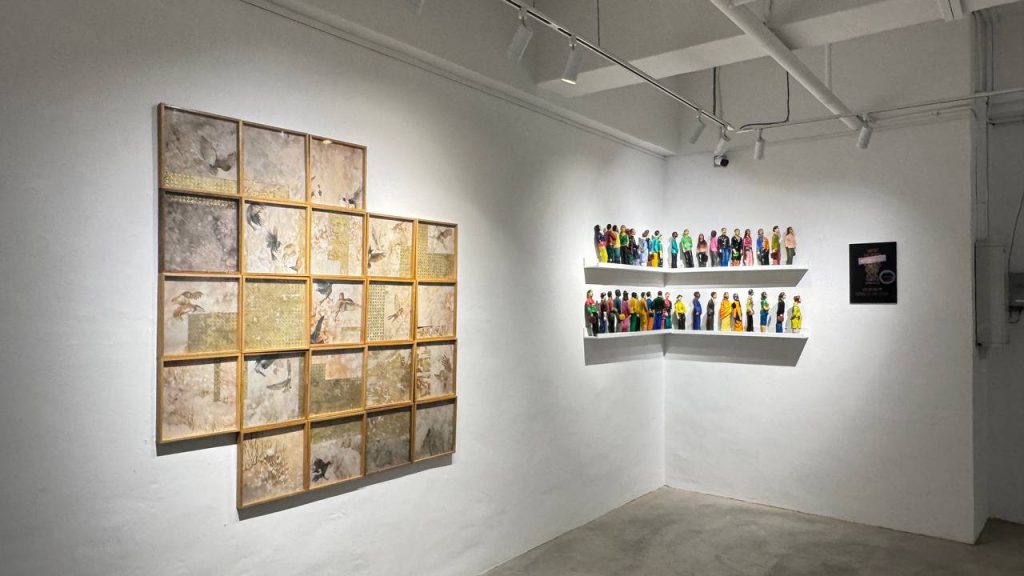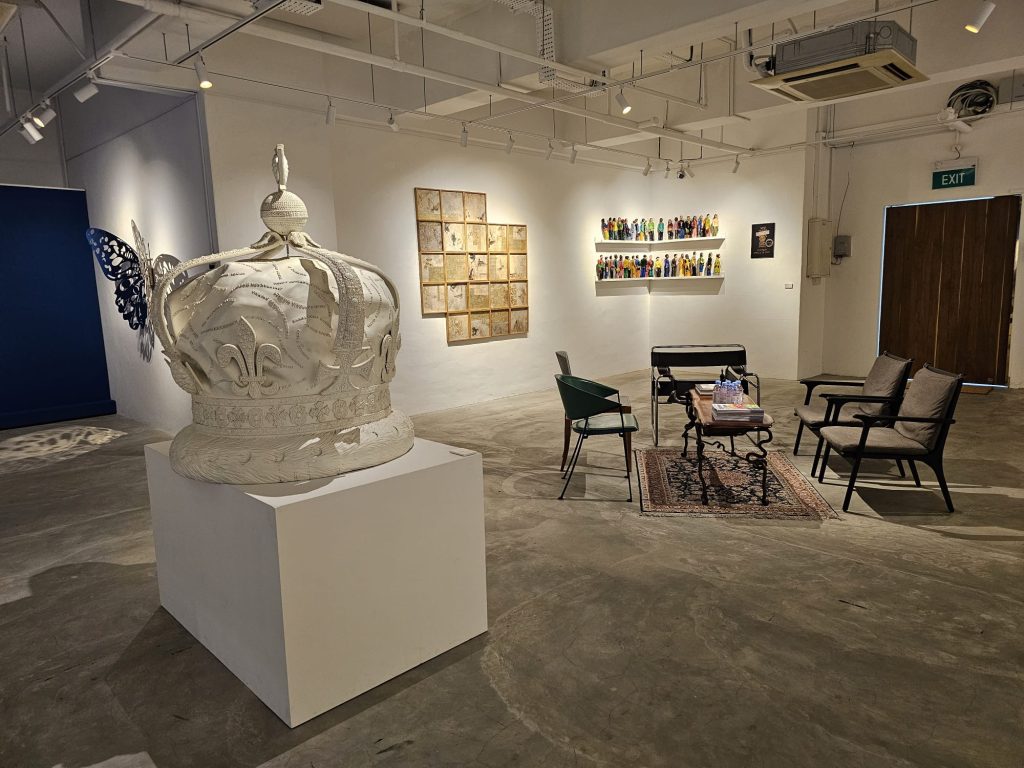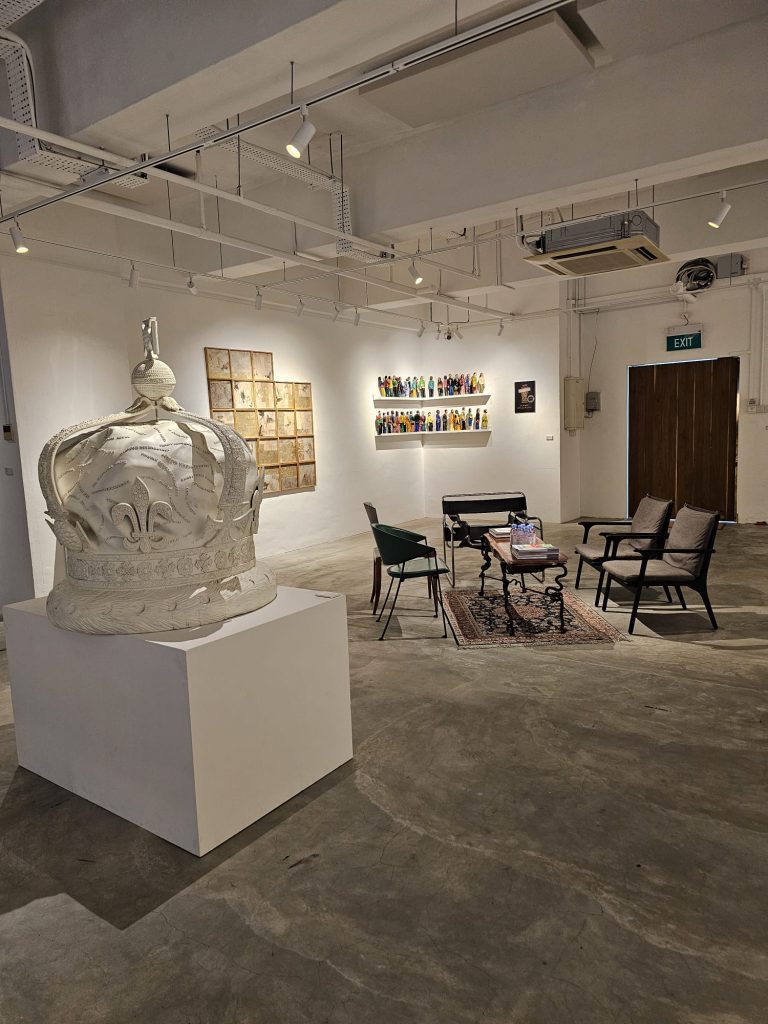The Second Sex
Presented by The Culture Story
14 December 2024 – 30 May 2025
All visits by appointment.
“The Second Sex” is inspired by Simone de Beauvoir’s seminal book and showcases over twenty works by 16 Singaporean and international female artists. Collected over the past decade by Chong Huai Seng and Ning Chong, co-founders of The Culture Story, these artworks reflect the evolving discourse on feminism and the reassertion of women’s power in the 21st century, spanning politics (Angela Merkel, Kamala Harris), pop culture (Taylor Swift, BlackPink), and the visual arts (Louise Bourgeois, Yayoi Kusama).
Museums worldwide are reckoning with historical imbalances, actively expanding their collections to give female artists the recognition they have long been denied. In contemporary art, women are no longer confined to the margins but stand alongside their male counterparts, resonating powerfully with a new generation of collectors. We hope this exhibition ignites deeper conversations about female representation and its place in the evolving canon of global art history.
Artists:
Rose Cameron (Philippines/USA), Yanyun Chen (Singapore), Anju Dodiya (India), Han Sai Por (Singapore), I Gusti Ayu Kadek Murniasih (Indonesia), Kim Yun Shin (South Korea/Argentina), Miwa Komatsu (Japan), Lee Bul (South Korea), Jane Lee (Singapore), Mak2 (Hong Kong), Nana Tedja (Indonesia), Jiab Prachakul (Thailand/France), Nagai Tomoko (Japan), Umibaizurah Mahir Ismail (Malaysia), Yee I-Lann (Malaysia), Angela Yuen (Hong Kong).
Exhibition View:
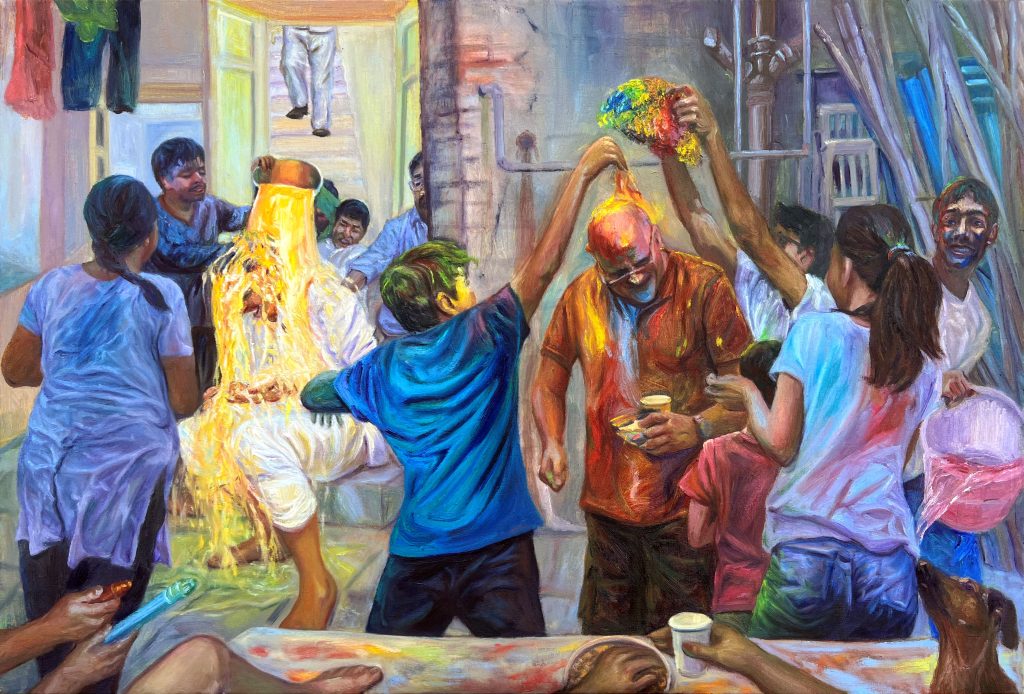
Rajesh P Kargutkar, Colour Day, 2024, Oil on canvas, 60 x 90 cm, Copyright Artist, Credits Artist & The Culture Story
Cramped Space: A solo exhibition by Rajesh P Kargutkar
Presented by The Culture Story
27 July—4 October 2024
The Culture Story presented Rajesh P Kargutkar’s solo exhibition “Cramped Space”, a new series of paintings that captured the dynamic daily life and rich stories within Mumbai’s historic chawls, which act as a stage for everyday life where individuals traversed, connected, and shaped their own narratives. Rooted in personal biography, the artist’s visual storytelling intertwines memories and photographs, blurring the boundaries between reality and imagination. His artworks depicted a diverse cast of characters inhabiting these tight quarters, ushering viewers into these intimate yet constricted interiors, from the elderly man engrossed in a newspaper beside a tray of dried mangos and a clothesline laden with various brightly coloured undergarments in Sour Lover (2024), to the topless man symbolically caught between his wife and mother-in-law in MID Day (2024).
Kargutkar’s paintings affirmed the inherent right to everyday existence, revealing boundless possibilities within the chawls that defied the constraints of time, space, and resources. By highlighting the lived experiences, memories, and routines of chawl inhabitants, Kargutkar underscored the agency, creativity, and resilience of both individuals and communities, recognising their ability to flourish in the face of adversity. For the artist, every moment, no matter how ordinary, teemed with unexplored potential, waiting to be discovered.
Read the conversation between Rajesh and Yvonne Wang here.
Enchanted Forests: New Paintings and Early Collages by Wong Keen
Presented by The Culture Story
18 May—12 July 2024
Foreword by Ning Chong:
The last time The Culture Story exhibited Wong Keen’s works with us, it was a cosy exhibition; a selection of paper works which served as a preview to his watershed exhibition “Flesh Matters” held at Artspace@ Helutrans in July 2018. In a blink of an eye, it has been six years, our relationship with Wong Keen has matured, we treat him like an extended member of the family, my father would regularly check in on him and often I would send him pictures of my children’s drawings.
It does not feel so long ago, but if we cast our memories back to the Covid pandemic; it brought on a new reality, where time seemed elastic, blending and blurring into a continuous stream. On one hand, the pandemic was a blessing in disguise as lock-down allowed me to focus and spend time on my loved ones and having children. However not being able to work and socialise gave me a lot of anxiety and worry, I questioned whether the current modus operandi was sustainable and how should we pivot to a new reality? Then, abruptly I also experienced immense loss and sadness, when I lost my mother to aggressive cancer. Having a new baby and losing your mother within a couple of months of each other was a rollercoaster ride to say the least, I would oscillate from deep feelings of loss and regret to unwavering love and pure happiness caring for a new born child.
After I read Wong Keen’s statements (below), I felt compelled to share my own experiences of loneliness, anxiety, depression, struggle and loss. In spite of his age and experiencing such complex negative emotions, I am always impressed by Wong’s effort to show up every day for himself, experimenting and painting, to find ways to express his feelings, emotions and thoughts. As a master colourist, my father and I appreciate seeing Wong’s application of colours swirl and dance on paper and canvas. His painterly gestures are expressive and generous, I would often recall the meat-tone palette of Francis Bacon and single-line silhouettes of the female form by Willem De Kooning.
Wong Keen is a prolific artist, and this is a small careful selection of new works from his Singapore studio. Besides showcasing recent works which depict burger, nudes and abstraction, we are thrilled to present circa-1968 collages which have been part of the artist’s estate, stored in his home in California.
Some people might be surprised to learn that Wong started with Chinese ink on rice paper in his early practice, he was a young and loyal student of Chen Wen Hsi who used to teach at Chinese High School where Wong was a student. I have a fondness for Wong’s early works, because it offers a window to a young artist mind; how one tries to create tension, harmony, conversation by juxtaposing ink media with other types of (found) media. This is the first time Wong has brought these collages back to Singapore and we can’t wait to share them with the public.
In the Artist’s Own Words:
Wong Keen, Relaxing, 2023. © Wong Keen, Image courtesy of Artist and The Culture Story
Wong Keen, on the new paintings (2023):
It’s all about painting.
For me, the starting point of a new series is always to build on my existing knowledge and exploration of form and colour, and I endeavour to create new images that have never been seen before.
I started to work on this series during a period last year when I was feeling depressed. I think not just for me, but many artists as well, pouring yourself into art is a form of release. So the result is this spontaneous and direct outpour of energy and emotions in various forms and expressions.
The working process is always mind-bending – you find yourself in a dialogue and also a battle with the composition, but you come through at the end with a certain sense of freedom and satisfaction. At times when the spur of creativity comes and you find your momentum, you have to seize it. Working on paper allows you to seize and channel this immediacy.
Wong Keen, Silent Night 6, 1968. © Wong Keen, Image courtesy of Artist and The Culture Story
Wong Keen on the early collages (1968~):
These have never been shown before, in fact they were stored away for a very long time. They characterised a period in my youth and my early experimentation with abstract inks; collages with discarded or found paper materials.
This series was also created during a period of depression. After finishing my scholarship program in London, I was no longer a student and when I returned to NY to figure out my path I felt really lost. I was almost penniless and only had enough to get by with rent, so I couldn’t afford new canvas or even paints.
Often sleepless at night, I had this frenetic energy to create, and took out whatever materials I had at the time in my studio. In a way this series was a continued exploration of the abstract inks (1962-65) that I did during my earlier years in NY, so you can sense a certain parallel mood and aesthetic, but also I was searching for a different expression to play with the subtleties of ink aesthetic.
Many are collage works, I incorporated discarded rice paper (some were remains or scraps from earlier compositions), and found magazine prints that I felt would give interesting textures, contrasts and relationships to the elements.
Creating and experimenting with these small-scale expressions was akin to a form of meditation for me. The habits that I cultivated in this early period also inform the techniques for my later works, especially with mixed media collage involving discarded or torn remains of rice paper.
Exhibition View:
Aesthetic Responses
Presented by The Culture Story and curated by Savita Apte
13 January—14 April 2024
Aesthetic Responses wove together works from three very disparate collectors of contemporary South Asian art. While deeply rooted in the cultural and social history of South Asia, the selected works also reflected ongoing socio-political events on the global stage.
Rather than prescribing a specific reaction or proposing solutions, the exhibition embraced the dynamic and constitutive relationship between viewer and artwork, in line with South Asian aesthetic traditions. Each piece, though individually compelling, interacted with those around it—shifting, emphasizing, or transforming meaning and concept. Visitors were invited to traverse the exhibition, allowing the works’ connotations, moods, and interpretations to transport them into imaginative spaces and experiences.
Artists:
Adeela Suleman (Pakistan), Adeel Zafar (Pakistan), Gopa Trivedi (India), Hamra Abbas (Pakistan), Rashid Rana (Pakistan), Reena Saini Kallat (India), Sovan Kumar (India), Sunil Gawde (India), Tayeba Begum Lipi (Bangladesh), Waswo X. Waswo (USA)
Read the essay about the exhibition here.
Exhibition View:







